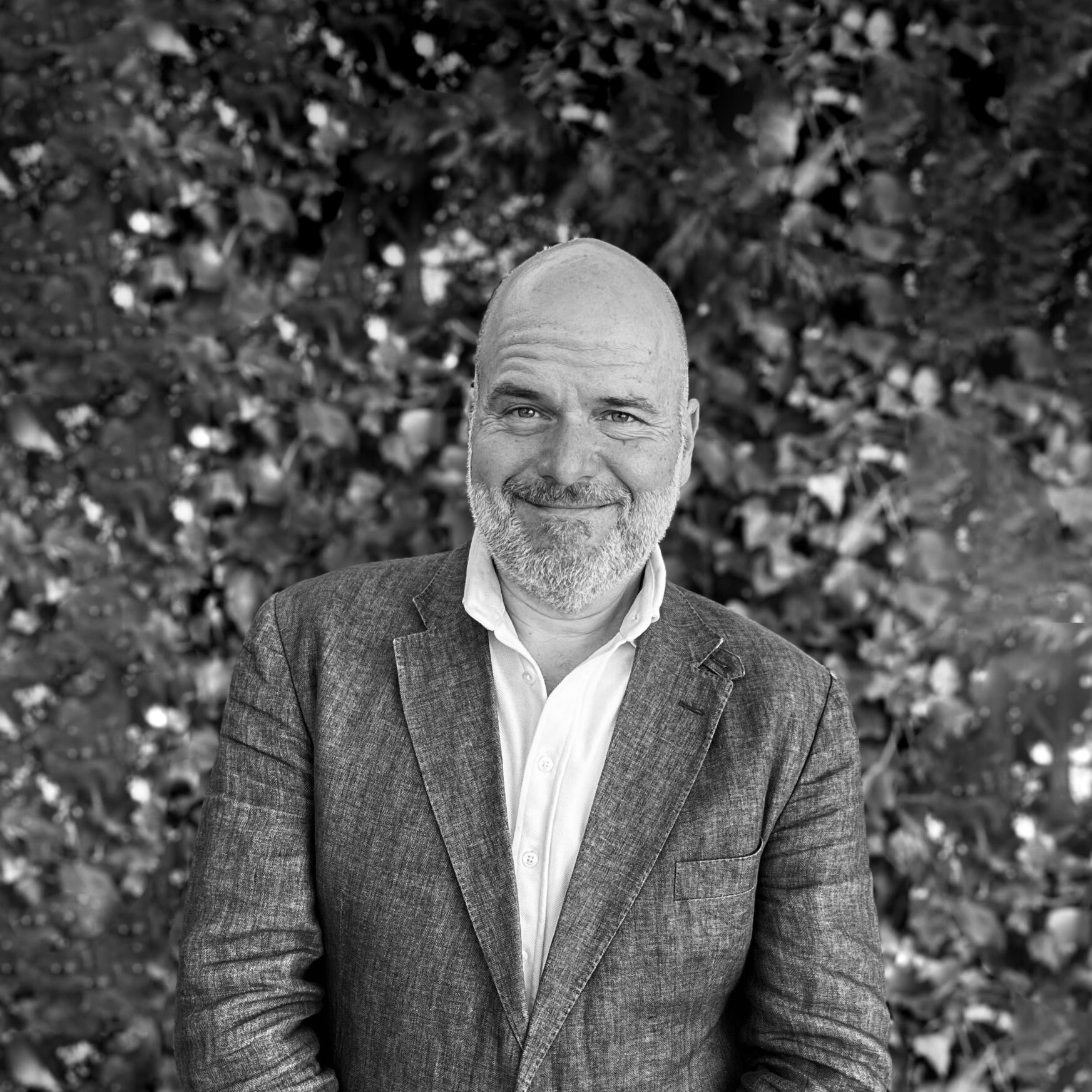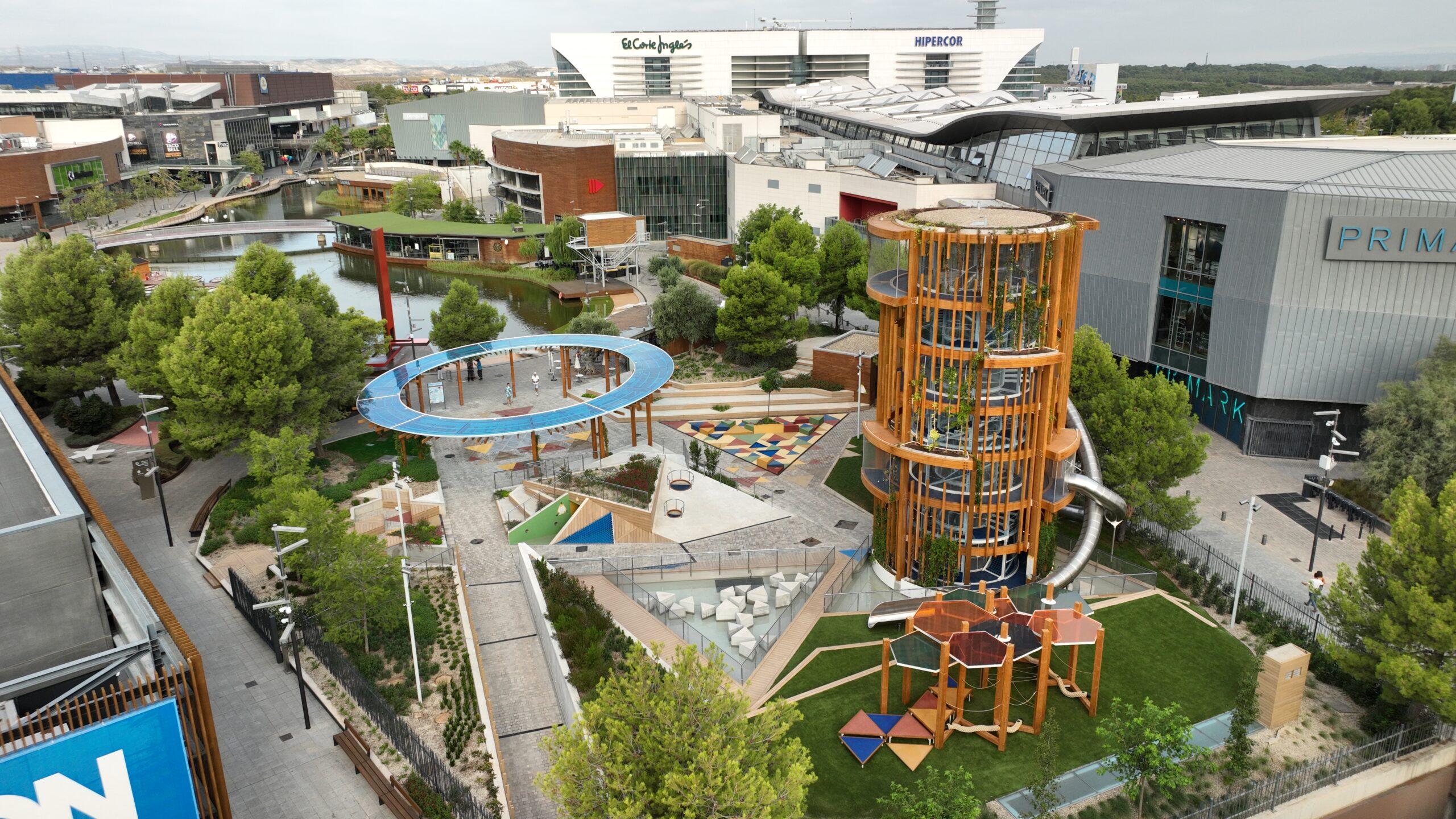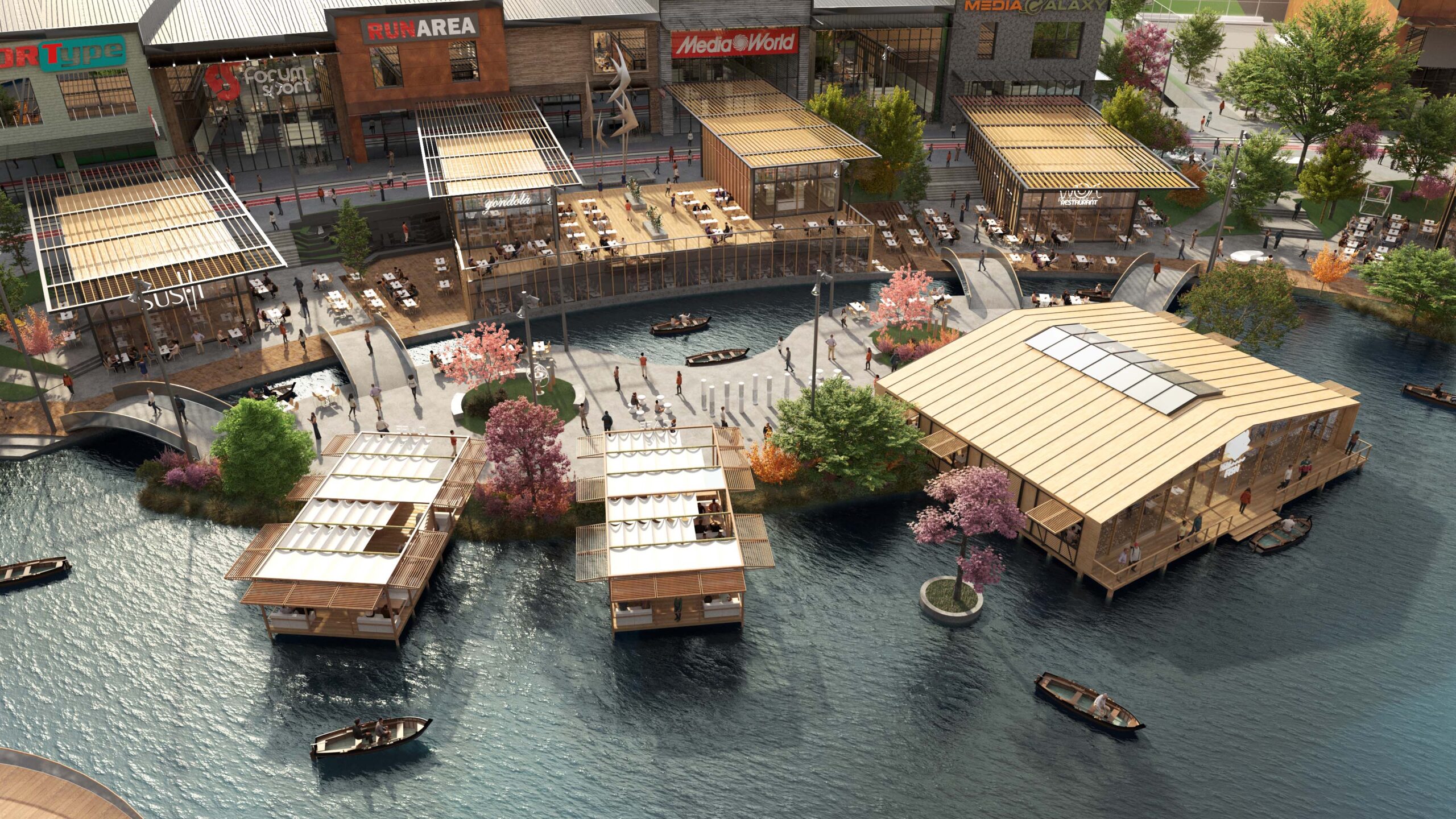
We recently had the chance to sit down with one of our collaborators, Juan de Mena, who brings over 20 years of experience in the leasing sector. In our chat, they shared some great insights on how integrating leisure spaces can boost tenant attraction and retention.
How has shopping centre leasing evolved over the last 15 years?
Fifteen years ago, shopping centres were dominated by retail—80% retail and just 20% Leisure and F&B. That was considered cutting-edge at the time. Fast forward to today, and the landscape has transformed dramatically. Modern developments now balance 50-60% retail with 40-50% leisure and gastronomy.
Back then, success was measured by cold, hard numbers: attendance and sales. Those metrics still matter, but they’re no longer the only game in town. Now, it’s about the entire customer experience. We look at Net Promoter Scores (NPS), Customer Satisfaction Scores (CSAT), Google ratings, and the buzz on social media platforms like Instagram, X (formerly Twitter), and TikTok. Dwell time has become a crucial KPI as well, reflecting how much customers enjoy their visits. This shift shows that experiences, driven by leisure, F&B, and a welcoming atmosphere, are at the heart of a successful shopping centre.

How do leisure projects influence the attraction of tenants to shopping centers?
Tenants know that retail alone isn’t enough to draw people in anymore. Few people visit a shopping centre just to shop—they come for the experience. Retailers’ first questions usually revolve around the leisure, gastronomy, and design of the common areas. They understand that an engaging environment brings in the crowds.
What advantages do tenants perceive by locating in a shopping centre that incorporates innovative leisure projects to leisure projects?
The main draw is the joy customers find in their visits. Without enjoyable experiences, there are no visits. Leisure projects increase foot traffic and sales by extending dwell time. When people stay longer, they shop more and are more likely to return.
Leisure means an extended dwell time, and dwell time means more sales and repetition.
At theleisureway know that no joy experience means no visits.
What key aspects should be considered when designing leisure spaces in shopping centers to maximize their impact on leasing?
The new concept of freemium activities is essential—offering free experiences in common areas enhances the customer journey. Whether it’s a tangible activity or just a well-designed, welcoming atmosphere, these experiences create lasting memories and encourage social media engagement, which is key for modern leasing strategies. People remember an unforgettable visit and are likely to post about it, boosting the centre’s visibility.

In a highly competitive market, how can leisure projects differentiate a shopping centre from its competitors?
Differentiation comes from more than just size or location. It’s about the overall concept of the project. A well-designed scheme with a pleasant customer journey, innovative leisure options, unique gastronomy, and an outstanding food court can set a shopping centre apart.
What role do these projects play in creating a unique identity for the shopping centre?
Many new centres have a central theme or unique activity that defines them, like an artificial surf wave, ski course, or concert venue. These unique elements help establish a strong identity that resonates with visitors.

What current trends do you see in integrating leisure and retail in shopping centres?
Mixing uses is key. Even though leisure areas are typically zoned separately due to their schedules, activations in common areas are crucial for engaging visitors in a pleasant customer journey.
How do you see the relationship between leisure and leasing evolving over the next five to ten years?
The future will see an even stronger integration of retail and experience. Retail cannot thrive without experience, which is provided by leisure, F&B, and active spaces. As customer expectations continue to evolve, shopping centres will need to innovate constantly to keep up.
What differentiates theleisureway from other companies in terms of its approach to leisure and its impact on leasing?
theleisureway stands out due to its unique and bespoke focus on designing and creating concepts for schemes. To be different and unique, a project must offer something exclusive.
theleisureway achieves this through deep, experienced analysis and innovative concepts, ensuring each project has a unique edge that no one else can replicate.





